An interesting comparison was drawn between two entry-level GPUs in the sub $250 range – The Intel Arc A750 and the Radeon RX 6600 non-XT from AMD.
Intel Arc A750, according to tests conducted by Techtesters, has come out on the top with better 1440p performance at a lower price point.
Intel recently announced a price drop for the A750 to a price point of $249. This makes it even more lucrative, given the new architecture that Intel has deployed in this GPU.
Boasting 28X cores and an equal number of ray tracing units, this is based on Intel’s best Alchemist ACM-G10 GPU architecture. It, however, uses only 28 of the available 32 Xe cores.
The RX 6600 has a similar GPU core count but needs to catch up in the FP32 core count. Both have a similar 8GB DDR6 memory. However, the Arc has a 256-bit memory bus compared to the 128-bit for the RX6600. This comes on top of a 225 TDP for the Arc, compared to RX’s 132W.
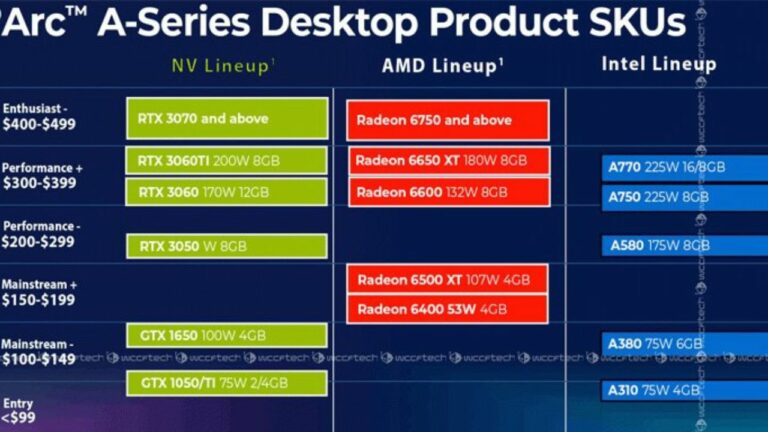
Both the GPUs were put to a head-to-head battle under the most rugged conditions – 1080p or 1440p resolution with the game running at either high or ultra settings on a Ryzen 5 7600X platform.
The Radeon RX 6600 edged ahead of the Arc GPU by about 3% regarding 1080p performance. However, at 1440p, the higher memory bandwidth edged Intel forward by about 9% on average.
Despite having official figures of 225W TDP, Intel’s Arc GPU performs at a suitable 167W. But even that is higher than RX 6600’s 121W, as measured by Techtesters.

Arc’s high idling power consumption at 35W is about nine times higher than Radeon’s 4W, which is a huge caveat.
The idling power has been recognized as an issue – where the cost builds up over time. From a buyer’s point of view, even the operating expenses must be considered, not just the purchasing price. Techtesters have innovatively presented the issue with real-life reproduction.
In European countries where energy costs are higher, the A750 could double the actual price in 4 years – given the card is used for 2 hours a day for gaming and eight idling, where energy costs 50 cents per kWh.
As calculated, at this rate, the energy cost difference between the two GPUs adds up to about $257. This is enough to buy either of the two GPUs.

Intel isn’t deaf to the pleas of the gamers about the idling power issue. They came up with a change to Windows BIOS, which albeit faulty and not foolproof, gets the work done.
The Intel Arc GPUs have a promising future and plenty of room for development and research. Soon, Intel could hold its own against Radeon and Nvidia, its main rivals.
An alleged update seeks to improve the bottleneck that improves “performance across the board,” as told by Raphael Voetter at PC Games Hardware.
The Intel ARC GPU is a very lucrative option, given that the idle power draw issues are addressed. It can also be a good option where electricity cost isn’t a factor, or the PC isn’t used for hours.
It is a solid GPU that provides good performance for the money and can send the GPU market into a frenzy. This can edge Intel ahead in the competitive GPU market.
About Intel
Intel Corporation is an American multinational corporation and technology company headquartered in Santa Clara, California, in Silicon Valley. It is the world’s largest semiconductor chip manufacturer on the basis of revenue, and is the developer of the x86 series of microprocessors – the processors found in most personal computers (PCs).
Incorporated in Delaware, Intel ranked No. 46 in the 2018 Fortune 500 list of the largest United States corporations by total revenue.
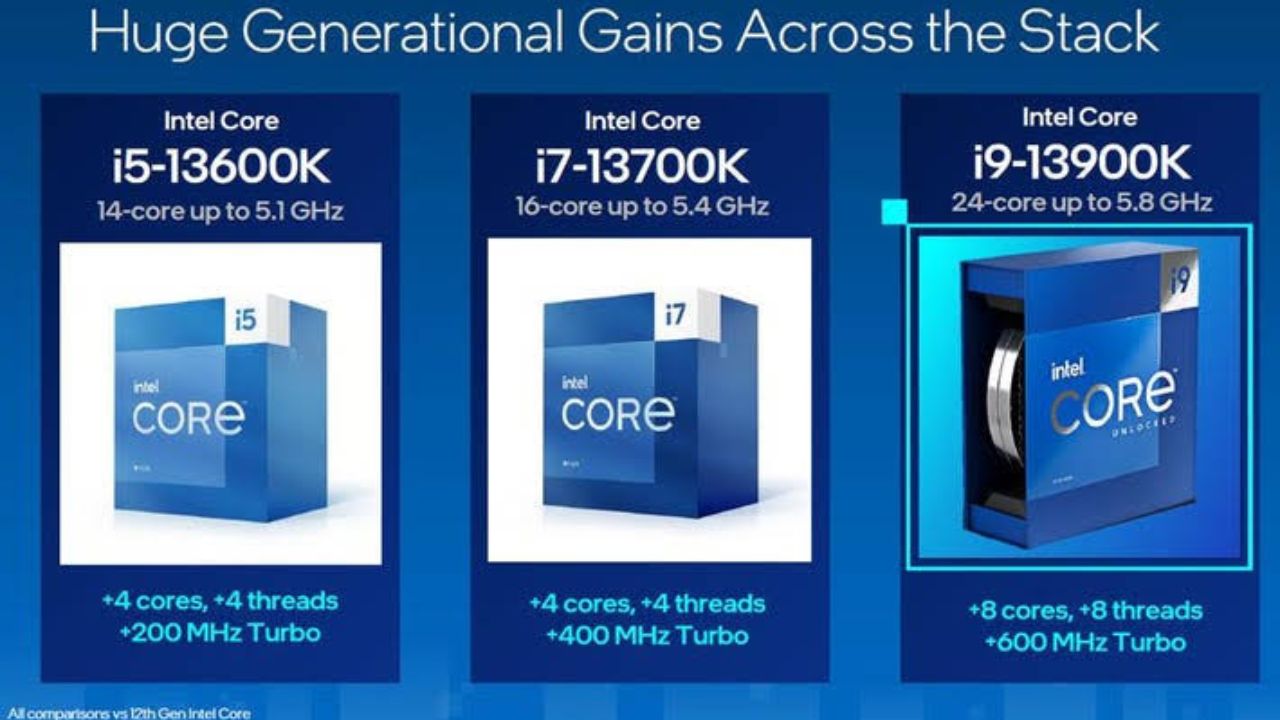

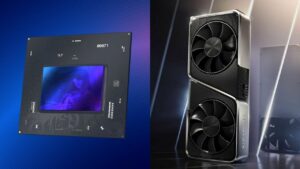
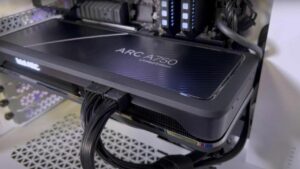


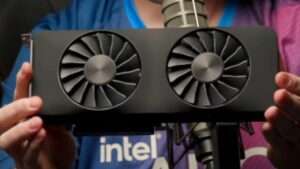
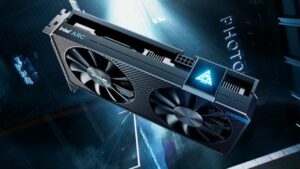
No Comments on Intel’s Arc A750 wins against Radeon 6600 but falters at power hurdle